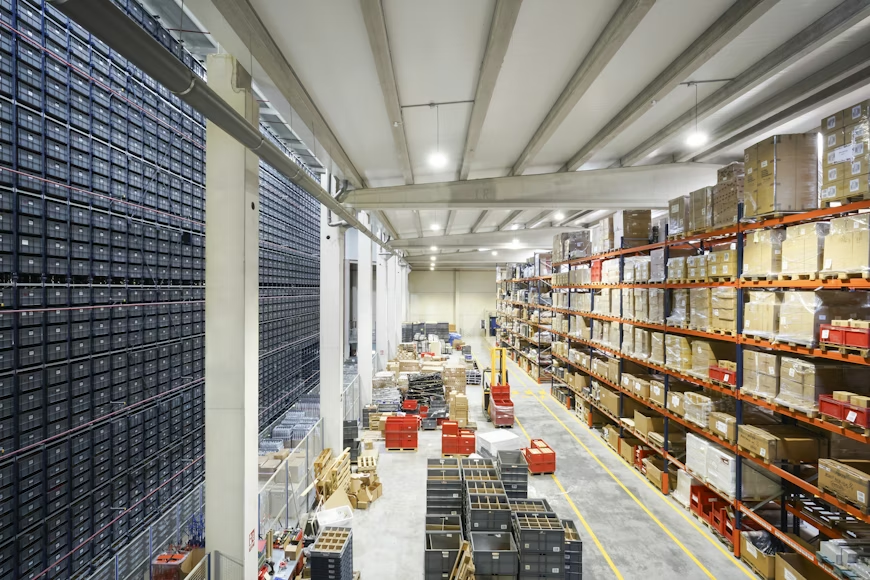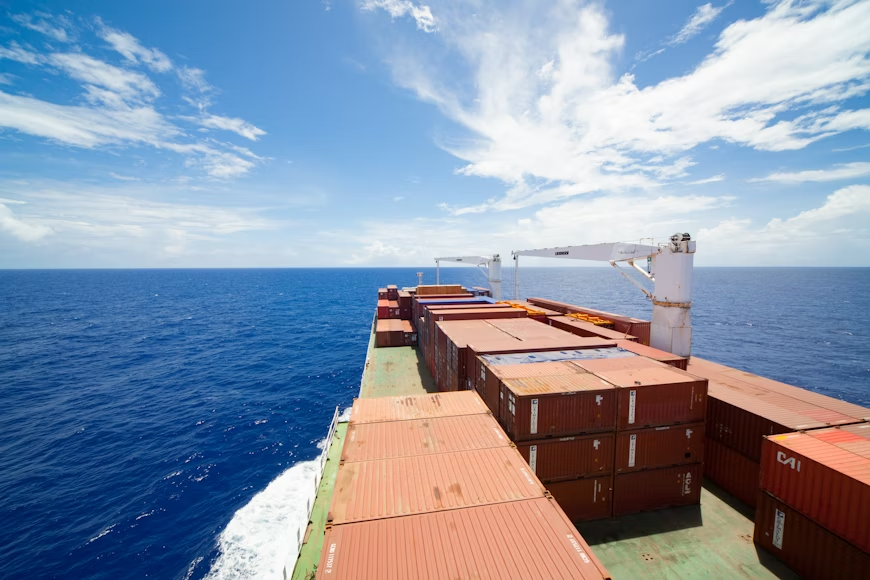The recent meeting of the BRICS nations in Brasilia underscored their commitment to expanding trade and innovation on a global scale. The BRICS bloc, consisting of Brazil, Russia, India, China, and South Africa, collectively represents a substantial portion of the world’s population and economic output. These nations, with a combined GDP projected to reach over 50 percent of the global GDP by 2030, are keen on fostering growth through strategic trade agreements and collaborations.
Examining the role of individual BRICS members in advancing free trade reveals distinctive approaches. China, a pivotal player in the Belt and Road Initiative, stands apart by not being the primary member of a specific trade bloc, though it maintains crucial free trade agreements.
The Southern African Customs Union (SACU), comprised of Botswana, Lesotho, Namibia, South Africa, and ESwatini, emerges as a significant player in this landscape. While SACU has historical significance as the world’s oldest customs union, its strategic location spanning Southern Africa presents opportunities for market access across various regions, including Europe, the Middle East, and Southeast Asia.
China’s engagement with SACU is notable. Several SACU countries have ties with China through various agreements. Notably, Namibia and South Africa have participated in China’s Belt and Road Initiative, while Botswana and South Africa have double tax agreements with China. Amidst these connections, South Africa also holds membership in the BRICS coalition.
China’s increasing involvement in Africa has been prominent, marked by extensive investments in free trade and special economic zones across the continent. This surge aligns with the African Continental Free Trade Agreement (AfCFTA), aiming to reduce intra-African trade tariffs significantly over a five-year period.
Statistics indicate a mutually beneficial trade flow between China and Africa. China has emerged as Africa’s largest trading partner, with a bilateral trade volume reaching $200 billion in 2018. The trade relationship exhibits a balance, with African nations exporting products to China nearly equivalent to China’s exports to Africa. To encourage African businesses, China has introduced incentives, creating a market eager to consume African goods.
The proximity of the ASEAN bloc presents further opportunities for SACU countries, given China’s existing free trade agreement with ASEAN. The logistical advantage, with ports like Durban in South Africa being relatively close to ASEAN countries, potentially benefits SACU businesses.
Analyzing China’s bilateral trade with each SACU member reveals unique dynamics. Botswana primarily exports primary products to China while importing goods for infrastructure development. ESwatini’s trade, conducted via Taiwan or Hong Kong, remains distinct due to its recognition of Taiwan over China. Lesotho enjoys duty-free treatment from China for certain imports, mainly in textiles and electromechanical products. Namibia has witnessed significant growth in bilateral trade with China, particularly in mechanical and electrical equipment. South Africa holds the largest trade volume with China, with bilateral trade totaling $40 billion in 2017.
While prospects for a China-SACU Free Trade Agreement appear promising in the long term, several diplomatic and logistical considerations need resolution. Issues like ESwatini’s recognition of Taiwan, Lesotho’s status as a least developed country, and expanding SACU membership to include nations like Zambia and Zimbabwe pose challenges that demand attention before formal negotiations.
A potential FTA between China and SACU would open avenues for SACU-based companies. Access to Chinese-owned industrial parks, sourcing goods from China, ASEAN, and Africa, and blending products for global markets mark the potential benefits. However, a comprehensive examination considering product viability, rules of origin, and related tariffs remains imperative.
In conclusion, while the prospects for a China-SACU FTA hold promise, a thorough understanding of the political landscape and strategic negotiations is crucial. The alliance presents substantial opportunities for both sides, emphasizing the need for comprehensive exploration and strategic alignment.
Breaking supply chain news is just a click away at The Supply Chain Report. Enhance your knowledge of international trade at ADAMftd.com with free tools.
#BRICS #BRICSCountries #TradeExpansion #Innovation #GlobalEconomy #ChinaSACUTrade #ChinaAfricaRelations #BeltAndRoadInitiative #SouthernAfricanCustomsUnion #SACU #FreeTrade #GlobalTrade #SACUChinaTrade #ChinaASEANFTA #AfricaTrade #ChinaInvestments #AfricanContinentalFreeTradeAgreement #AfCFTA #ChinaBotswanaTrade #ChinaSouthAfricaTrade #ChinaNamibiaTrade #ChinaLesothoTrade #ChinaESwatiniTrade #ChinaZimbabweTrade #TradeAgreements #BRICSGrowth #TradeOpportunities #StrategicTrade #MarketAccess #LogisticalAdvantages #GlobalTradeRelations

















